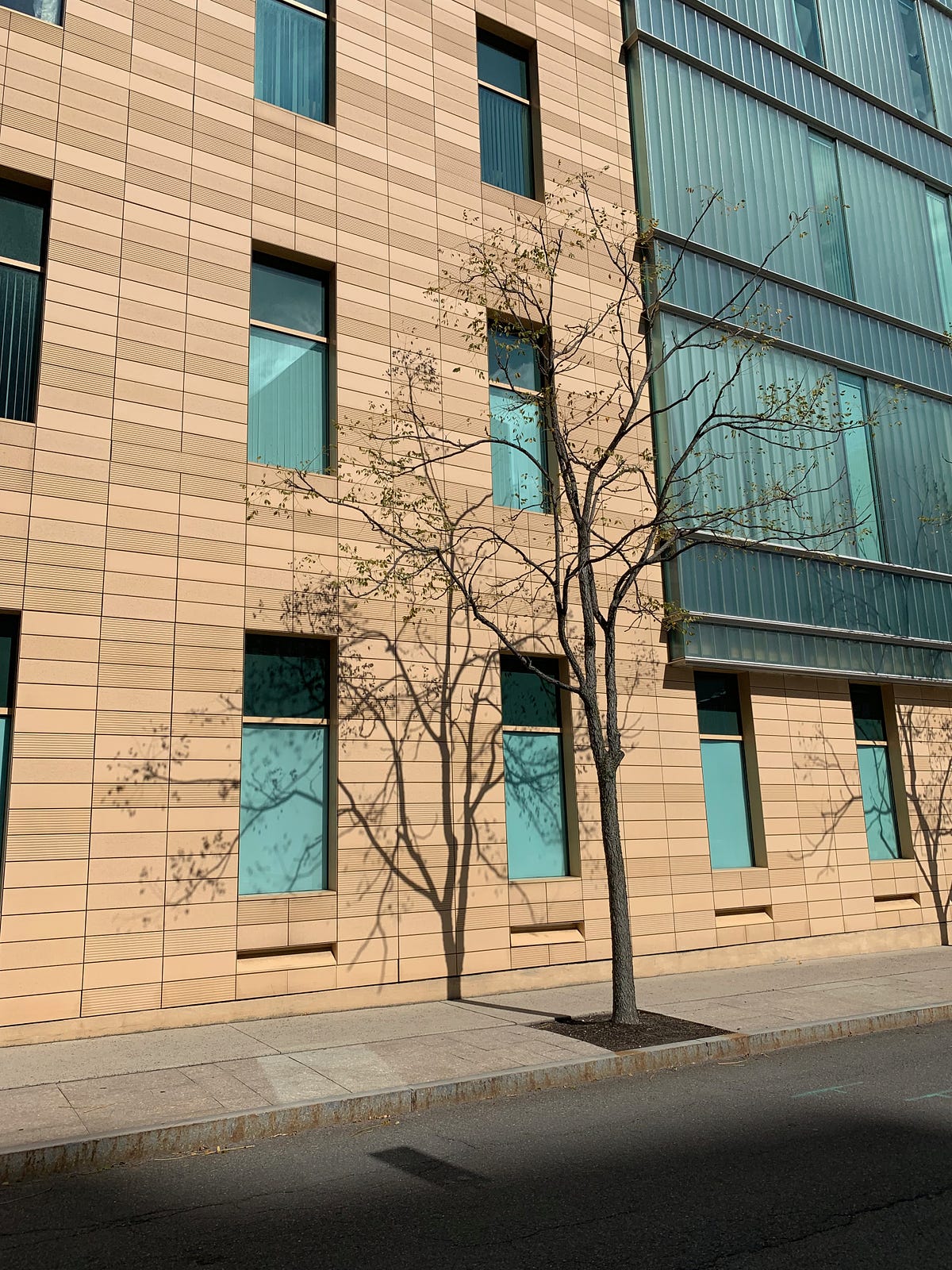The iPhone XS Camera — Good, Bad, or Ugly?


The iPhone XS Camera — Good, Bad, or Ugly?
From the first moment I picked up the 1st generation iPhone I knew I was holding the future. But what I did not know at the time was how influential the iPhone would become in the world of photography. Flash forward ten years and we now take for granted just how good the iPhone (and many other smartphones) have become at taking photos and video. It’s way beyond just soccer moms taking pictures of their kids, these devices are now regarded as essential photographic tools. We have professional photographers shooting with just their iPhones, taking photos at major events, and even making the


Massive Upgrade or Minor Refresh?
On paper, the changes from the iPhone X to the XS don’t appear to be all that major. Sure, they improved the wide-angle lens optics along with a new sensor, and there’s that new-fangled Smart HDR, but other than those two changes, no other optical hardware upgrades have been made to the XS over the X. Don’t be fooled, Apple has made major upgrades to the entire process of how the iPhone actually takes photos. Everything, and I really mean everything
The Good News
Smartphone image quality is always massively subjective in that some folks will prefer more vibrant colors, others more neutral, and even more will want true-to-life colors while everyone wants sharp, noise-free photos. The iPhone does an amazing job at producing beautiful, well exposed, sharp, colorful, and almost completely noise-free photos in typical daytime lighting conditions. Even during the middle of the day it’s easy to see improvements in both general exposure and dynamic range.


In fact, this might be the first iPhone I have owned where the dynamic range is enough that I feel confident in taking the shot using default settings because I know I can adjust as-needed later using Snapseed or another of the many photo-editing apps available on the app store. Something I noticed that I think is really worth taking a closer look (pun intended) at is the per-pixel sharpness. In the past, it was always easy to zoom in 100% on an iPhone photo and find yourself looking at mushy details and blotchy colors. Not any more, the iPhone XS has as good sharpness and detail at 100% as some of the older DSLR cameras I have owned. After close examination of some old photos I have from a Canon Rebel DSLR I’d give the image quality crown over to the iPhone for sure, and that’s seriously amazing!
Smart, Wicked Smart
Let’s be honest, it’s easy for any camera to produce outstanding results in perfect lighting conditions. When the sun begins to go down and the lighting conditions become much more challenging we begin to separate the best from the rest. My iPhone X was never a slouch at your typical indoor low-light shots so long as I was careful in manually selecting the right exposure. If I was really pushing it, I would even under-expose the image slightly to help reduce noise. With the new iPhone XS, I only need to frame my shot and the phone does all the rest. Image noise is way down, and the detail captured, even in the shadows is significantly greater than the iPhone X.


Even portrait mode, something I would avoid using at all in poor lighting conditions, seems to work great now. Apple has clearly worked especially hard to close these gaps and create an experience where the photographer only needs to worry about replicating the look they are trying to get. Which brings me to something about the iPhone XS I only noticed after taking photos with it for a while. Unlike 90% of cameras, the iPhone really does show you exactly how your photo will look before you tap the shutter button. The image you see on the screen is super-accurate, even when using portrait mode, something I did not expect as that was always missing on the iPhone X.
The Bad News
Ok, so we know the image quality of the newer wide-angle lens and sensor is awesome, but what about the 2x zoom lens and sensor? Well, let’s just say the news is not as good. To be fair, I never complained about the image quality using the zoom lens on my iPhone X and it appears that the same setup on the iPhone XS is identical hardware. Unfortunately, that’s the problem. Image quality between the two phones using the zoom lens is nearly identical as well.
Smart-HDR does a great job at improving dynamic range but per-pixel sharpness and detail is more-or-less the same. Knowing Apple, this will be corrected/upgraded in the next iPhone but it’s something that would have been really nice to see on the XS. There is such a noticeable image quality difference between the two lenses that I will likely avoid using the zoom whenever possible.
